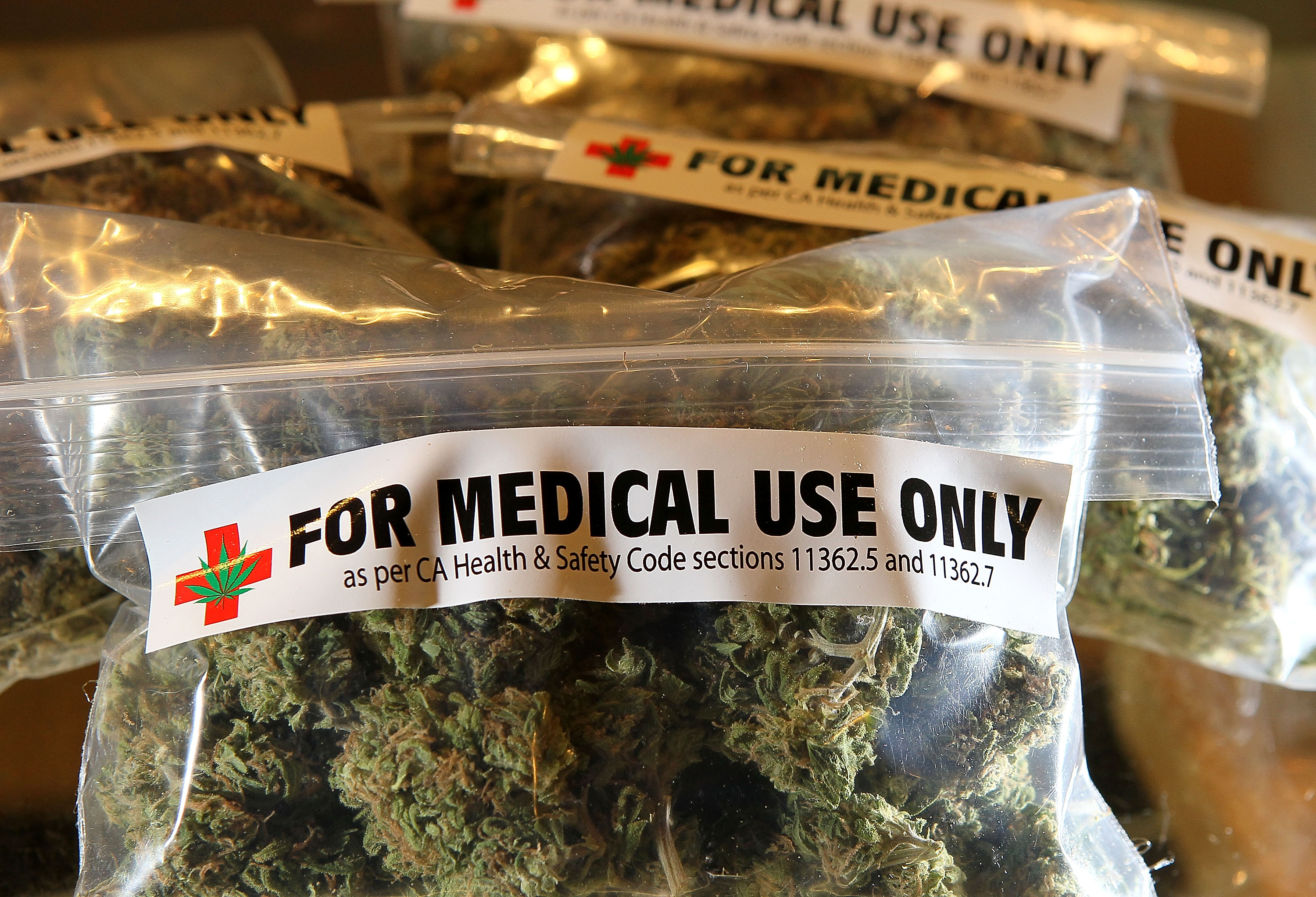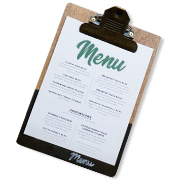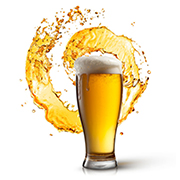Momentálne prázdny: 0,00 €
The Ultimate Guide To Drug Fact Sheet: Marijuana/cannabis
The Ultimate Guide To Drug Fact Sheet: Marijuana/cannabis
Department of Health and Human Being Solutions, 41. 9% (more than 2 in 5) of all Americans 12 or older have actually utilized marijuana eventually in their lives, while 11. 5% (about 1 in 9) reported using it “this year.” According to a 2022 Gallup survey, 16% of Americans reported being cannabis smokers (up from 7% in 2013) and 48% reported trying marijuana at some point in their life times (up from 4% in 1969).
According to the National Institute on Drug Abuse, “The term medical cannabis refers to utilizing the entire unprocessed marijuana plant or its standard extracts to deal with an illness or symptom.” The U.S Food and Drug Administration (FDA) has actually not officially approved cannabis as a medicine. Since the Controlled Substances Act of 1970 categorized cannabis as a Arrange I drug, until the passage of the 2018 United States farm bill, under federal law it was prohibited to possess, use, purchase, sell, or cultivate marijuana in all U.S.
As an Arrange I substance, the highest constraint of 5 various schedules of illegal drugs, it is declared cannabis has a high potential for abuse and has no acceptable medical use. In spite of this federal prohibition, some state and city governments established laws attempting to decriminalize cannabis, which has lowered the variety of “basic possession” offenders sent to prison, since federal law enforcement hardly ever targets people straight for such reasonably small offenses.

Nevertheless, under the Supremacy Stipulation of the U.S. Constitution, federal law preempts conflicting state and local laws. The absence of a state law does not provide a preemption dispute with a federal law. The federal government criminalized marijuana under the Interstate Commerce Provision, and the application of these laws to intrastate commerce were resolved directly by the U.S.
Not known Incorrect Statements About Justice Department Announces Update To Marijuana …

1, in 2005. In January 2009, President Barack Obama’s transition group organized a survey to clarify some of the leading https://wayofleaf.com/blog/ways-to-use-marijuana-trim concerns the American public wants to have his administration check out, and two of the leading ten ideas were to legalize making use of cannabis. In July 2009, Gil Kerlikowske, Director of the Workplace of National Drug Control Policy, clarified the federal government’s position when he mentioned that “cannabis threatens and has no medical advantage” which “legalization is not in the president’s vocabulary, and it’s not in mine.” A January 2010 settlement between the U.S.
Following the 2012 presidential electionGovernmental the Office of Workplace Drug Control Policy under the Obama administration mentioned that it “steadfastly opposes legalization of cannabis and other drugs due to the fact that legalization would increase the accessibility and usage of illegal drugs, and position substantial health and wellness threats”. In February 2014, the administration released standards to banks for conducting deals with legal cannabis sellers so these brand-new companies can store cost savings, make payroll, and pay taxes like any other business.
On August 29, 2013, the Justice Department adopted a brand-new policy (called the Cole memo) relating to the enforcement of federal law in states that have legalized non-medical cannabis. The policy defined that industrial circulation of marijuana would be normally tolerated, except in certain scenarios, such as if violence or firearms are included, the profits go to gangs and cartels, or if the marijuana is dispersed to states where it is illegal.










